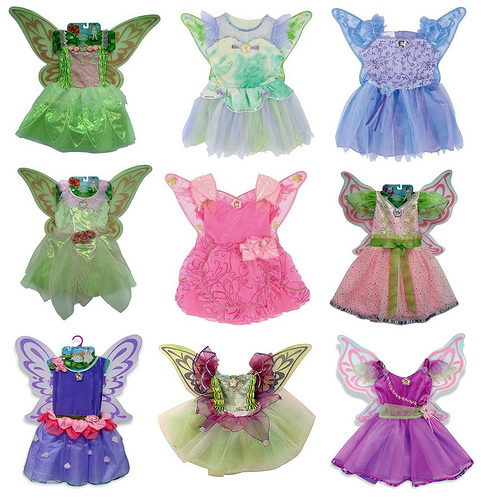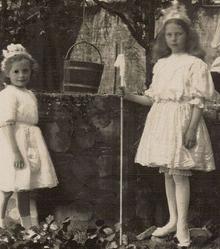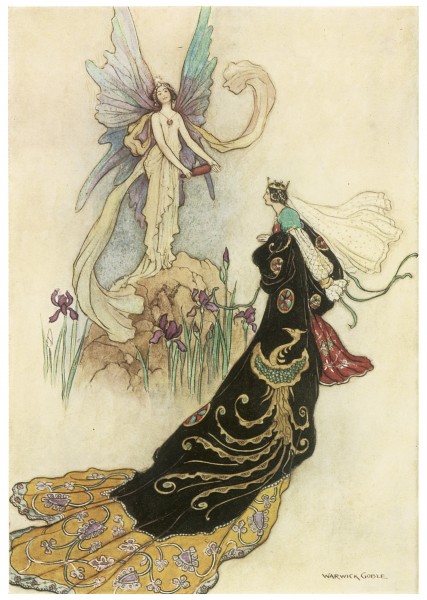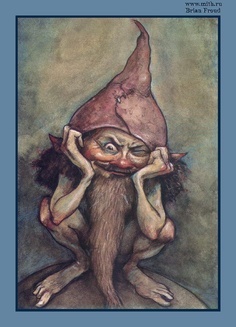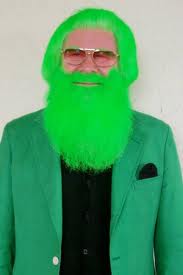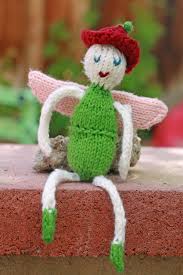There are almost as many different fairy outfits as there are fairies. However, there are a few common threads that are worth pulling on. First, many of the solitary fairies are nude or as good as, wearing only just rags. It is interesting that when, in 1834, a local Methodist decided to walk around without clothes in the road at night at Winsford, it was immediately assumed that he was a boggart!
Second, many group fairies are described as wearing green. Green, in fact, is a colour that recurs again and again in fairy descriptions from the famous green children at Woolpit (Suffolk) to the green-haired fairies described by Saddleworth poet Samuel Bottomley as having green hair. Why this color? Some claim that green is the color of death or perhaps it is because fairies are associated with vegetation?
Third, another feature are hats and particularly red hats: there is even a Border fairy, a thoroughly unpleasant Borders fairy called Red Cap. Hats come up again and again even the most recent addition to the fairy canon, the Gremlins had their top hats.
Fourth, another feature of fairy clothing is that while being local it also tends to be traditional and perhaps a little old fashioned. For example when William D saw fairies at Kea Church they had sugar loaf hats, hats that had gone out of fashion in Cornwall perhaps a generation or two before. All this begs the question of what fairies would look like today should we see them: Victorians, Edwardians, men in tweed cloth caps, women with corsets…
Fifth, wings don’t feature… 